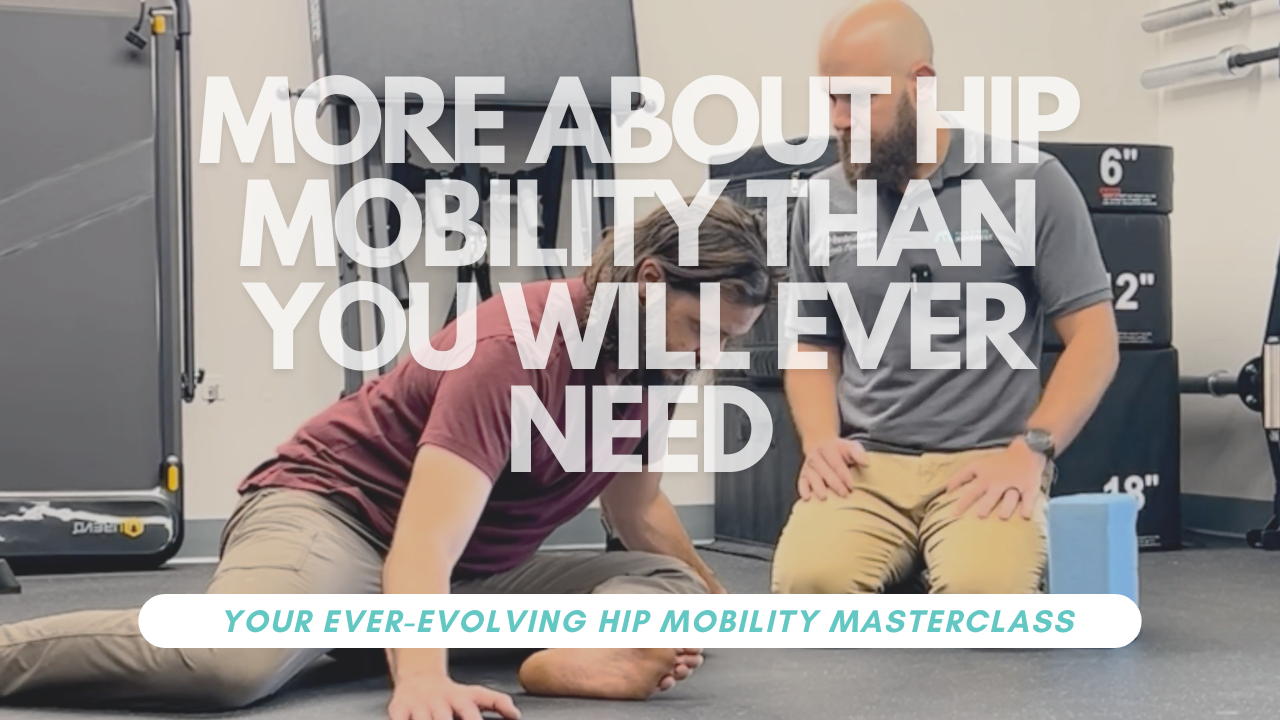
Hip mobility is essential for everything from daily activities like walking and sitting to performance in sports, yoga, and other physical activities. Stiffness or limited range of motion in the hips can lead to discomfort and even injury. In this ever-evolving blog series, we’ll take you through a step-by-step process designed to improve your hip mobility, focusing on key exercises such as PAILs and RAILs, passive range holds, and hovers.
The intention here isn’t to have you doing all of the exercises we put here, more to give you options that you can then explore in-depth, based on your own needs.
Let’s dive in!
Unlock Your Hips: A Comprehensive Guide to Hip Mobility and Strength
Strong, mobile hips are the foundation of movement, whether you’re gardening, practicing yoga, hiking, or just navigating daily life. When the hips are stiff or weak, they can lead to discomfort and limit your ability to move freely. This guide brings together five essential drills—external rotation, internal rotation, hip abduction, hip flexion, and hip extension—to help you unlock your hips and keep them strong for years to come.
Each drill incorporates progressive and regressive isometric contractions (PAILs and RAILs) to improve flexibility and build strength at your hip’s end range of motion. Whether you’re looking to stretch tight hips or make lasting changes in your mobility, these techniques will get you there.
A quick overview of how to do a PAIL/RAIL exercise: Get yourself to the comfortable end-range of whatever movement you are working on (i.e. hip external rotation); hold yourself there for two minutes.
At the beginning of the third minute, isometrically push away from the position you’re in for 6 seconds (this is explained in the videos), and then push yourself deeper into the position for 6 seconds. Then rest for the remainder of the minute.
Repeat that above procedure two more times, for a total of five minutes.
Incorporate these drills into your routine 2-3 times a week, and you’ll notice improvements in how your hips move and feel. Over time, these exercises will help you stay active, pain-free, and capable of enjoying life’s adventures—whether that’s hiking a new trail or chasing grandkids around the yard.
Let’s unlock those hips and keep them moving!
